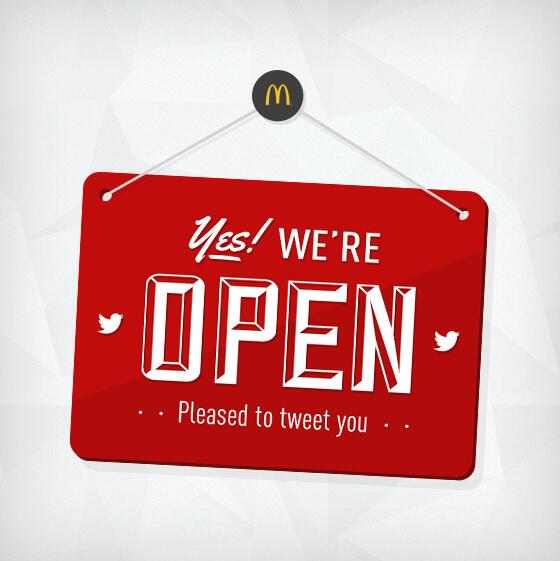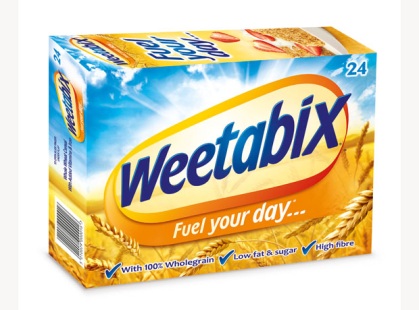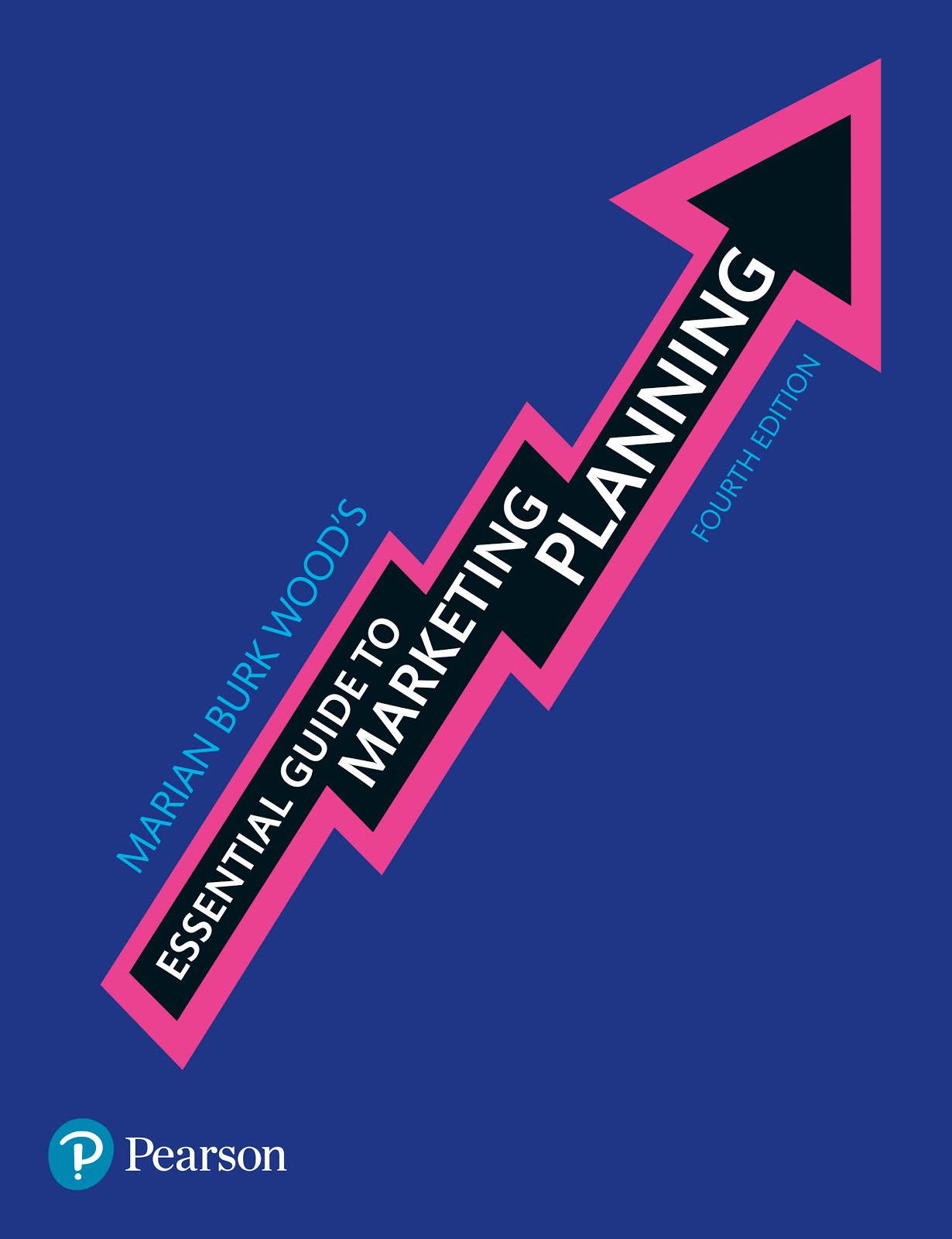Friday 30 May 2014
When will UK laggards buy smartphones?
Above, the familiar graph showing how new innovative new tech products are adopted first by innovators, followed by early adopters, early/late majority segments, and finally--the laggards.
What about the pace of smartphone adoption in the UK market? According to experts, the smartphone will reach a penetration level of 80% by January of 2015. That means buyers from the late majority segment are currently adopting smartphones. By the time the laggards get around to buying smartphones, the market will be well into maturity and non-smartphones will be all but finished as mainstream products.
In the UK, smartphone users spend more time on their devices than users in other countries. Content providers are also affected by this penetration level, because more smartphones means higher demand for mobile entertainment, games, etc.
And thanks to this high penetration level, marketers like Sony, Apple and Samsung will be playing a replacement game, which calls for different marketing strategy and tactics (particularly pricing). These three brands accounted for about 75% of the smartphone market in the UK last year.
Already, Apple has debuted lower-priced iPhones, for example. Samsung and Apple are also adding new features (like biometric security) to attract consumers who trade up from older phones.
When will the UK market reach saturation?
Wednesday 21 May 2014
Core values of the Warburtons brand
Family-owned Warburtons has been named to two 'top grocery brands' lists in recent weeks, due to its positive brand associations and rapid growth.
The company's turnover has doubled in the last ten years and continues to grow because of new product lines and product variations. It's aiming to capture market share via an expanding range of gluten-free products, for example.
Warburtons wants its brand to be associated with five core values: family, ambition, responsibility, quality and care. These values form the foundation for its marketing, including new product development and support for nonprofit causes. The family's name is on the business, and Warburtons works hard to maintain its brand leadership by applying the five core values every day.
- Kantar Worldpanel put Warburtons at the top of the list because it is chosen so frequently by so many UK households--and because of its product innovations.
- The Grocer put Warburtons #2 in its most recent brand listing (just behind Coca-Cola), in part because of the huge sales expansion it has experienced.
The company's turnover has doubled in the last ten years and continues to grow because of new product lines and product variations. It's aiming to capture market share via an expanding range of gluten-free products, for example.
Warburtons wants its brand to be associated with five core values: family, ambition, responsibility, quality and care. These values form the foundation for its marketing, including new product development and support for nonprofit causes. The family's name is on the business, and Warburtons works hard to maintain its brand leadership by applying the five core values every day.
Labels:
brand,
brand image,
core values,
grocery,
innovation,
new product introduction,
Warburtons
Monday 19 May 2014
Marketing RHS and Its Flower Shows
The annual Chelsea Flower Show is one highlight of the organisation's activities. This year's show includes gardens created with a World War I theme, to mark the 100th anniversary of the Great War. Tickets for the show are much in demand, and ongoing interest in gardening has helped garden centers and other related businesses. A recent Telegraph article serves as a shopping guide to the show, and coverage extends across print and broadcast and electronic media.
RHS markets itself to businesses that want to exhibit at garden shows by pointing to these statistics: 700,000 visitors, highly loyal (90% are repeat visitors). These are truly customers, because 82% buy something at the show. So for businesses that target gardeners or consumers with gardening aspirations, RHS has B2B marketing to show how its events can be an excellent match.
RHS marketing to consumers blends traditional and digital. Its FB page has 50,000+ fans and the Twitter account has nearly 60,000 followers. RHS has been on YouTube since 2012. Its Pinterest boards have more than 7,000 followers, and its Instagram account has more than 1,000 followers.
Friday 16 May 2014
McDonald's UK joins the twittersphere

 Now in the twittersphere: McDonald's UK, where hash browns have been more popular than hashtags--until this week. McD's UK Twitter account has posted more than 50 tweets and attracted more than 500 followers in only three days.
Now in the twittersphere: McDonald's UK, where hash browns have been more popular than hashtags--until this week. McD's UK Twitter account has posted more than 50 tweets and attracted more than 500 followers in only three days.
In addition to mouth-watering product photos, McD's UK is tweeting for Throwback Thursdays and--of course--following McD's Twitter accounts for Europe and elsewhere around the globe.
Two years ago, McDonald's US took a wrong turn with its Twitter strategy by inviting consumers to post tweets about favourite McDonald's experiences and products with the hashtag #McDStories. Instead, consumers posted negative comments, forcing the company to end that social media campaign. Recently, McDonald's appointed Ronald McDonald as one of its social media spokescharacters.
McDonald's UK has been one of the multinational's bright spots in a crowded and competitive fast-food marketplace. Looking ahead, the chief exec of McD's UK plans to continue focusing on value and responding to what customers need and want: quality food and more menu choices.
Wednesday 14 May 2014
Are You Using Porter's Five Forces Model?
Whether you're writing a marketing plan for a startup business or an existing organisation ready to enter new markets, you'll need to analyse the competitive situation in the industry.
One way to look at industry competition is through the lens of Professor Michael Porter's Five Forces model, which asks five strategic questions:
One way to look at industry competition is through the lens of Professor Michael Porter's Five Forces model, which asks five strategic questions:
- How much bargaining power do buyers have? If there are only a few buyers, the business is likely to feel downward pressure on pricing. How can you make your offering stand out and add value that buyers will pay for? What role can good customer service play in your competitive situation?
- How much bargaining power do suppliers have? The more power suppliers have, the higher costs are likely to be. Keep this in mind as you plan your resource allocation and your profit-and-loss potential.
- How many substitutes are available for your offering? If there are many available substitutes for your good or service, competition will be more intense. And when buyers have many substitutes to choose from, that can negatively impact the marketer's ability to increase sales and maintain profitable pricing.
- What is the likelihood of new entrants coming into the industry? When many new entrants join the market, price competition intensifies and existing competitors may have profit problems. However, if there are few barriers to entry, build your marketing plan on promising opportunities that can be exploited with your unique strengths and capabilities. Also plan to build your brand into a barrier to entry.
- How much rivalry exists in the industry? Investigate the existing competitive situation to determine whether a market or segment is overly competitive--which can lead to price wars and other profit-sapping challenges.
Friday 9 May 2014
Tracking versus privacy
The well-known management guru Peter Drucker always said that the purpose of business is to create and keep a customer. To do this, marketers must know what consumers think, feel and do--so they can use marketing to influence customer behaviour. Marketers know that customers are using the Internet and mobile devices as they shop or browse. Not surprisingly, marketers are also using technology to influence customer behaviour and satisfy customers.
For instance, Virgin Atlantic is piloting the use of iBeacon (an Apple mobile technology) to track its passengers in Heathrow and provide assistance as needed (or even before). Passengers might receive special offers as they walk through a retail area, for instance, or their boarding pass might pop up as the approach the gate. Many other marketers are exploring the use of beacon technology to reach customers when and where behaviour can be influenced.
Technology to track how many people pass its doors and how many enter, where they walk in the store and how long they pause in front of a display, is increasingly on retailers' shopping lists.
For privacy reasons, however, many consumers want the ability to be notified of tracking and opt out of tracking. A number of tech firms that provide tracking capabilities are allowing opt-out capabilities. How can marketers find the proper balance of tracking and privacy?
For instance, Virgin Atlantic is piloting the use of iBeacon (an Apple mobile technology) to track its passengers in Heathrow and provide assistance as needed (or even before). Passengers might receive special offers as they walk through a retail area, for instance, or their boarding pass might pop up as the approach the gate. Many other marketers are exploring the use of beacon technology to reach customers when and where behaviour can be influenced.
Technology to track how many people pass its doors and how many enter, where they walk in the store and how long they pause in front of a display, is increasingly on retailers' shopping lists.
For privacy reasons, however, many consumers want the ability to be notified of tracking and opt out of tracking. A number of tech firms that provide tracking capabilities are allowing opt-out capabilities. How can marketers find the proper balance of tracking and privacy?
Monday 5 May 2014
Marketing cereal in China: Think green or black
Yes, Weetabix is marketing in China. The UK cereal company is now majority-owned by China's Bright Food business, and thanks to local knowledge, Weetabix's marketing plan calls for adding flavours and ingredients favoured by Chinese consumers.
Last year, the Weetabix chief executive said its Chinese breakfast foods are likely to be hot and savoury, in keeping with local tastes. Even though Weetabix made its name in cereal, the new products in China may not necessarily be cereals. Currently, its cereal bars are gaining popularity, thanks to their on-the-go convenience, which fits the busy lifestyle of many consumers.
Looking ahead, Weetabix is investigating new products such as green tea cereal, and less-sweet varieties that appeal to Chinese tastes. For now, the company will put a lot of marketing emphasis on its made-in-UK heritage and nutritional value because Chinese consumers are concerned about food purity and often perceive non-Chinese brands as safer.
Weetabix faces local competition from companies that are already marketing breakfast foods linked to the latest trends. One Chinese company makes cereal from black grains--tapping into the health associations with this colour. Another emerging food fad involves adding protein by adding peas to breakfast products. What's next for cereal marketing?
Last year, the Weetabix chief executive said its Chinese breakfast foods are likely to be hot and savoury, in keeping with local tastes. Even though Weetabix made its name in cereal, the new products in China may not necessarily be cereals. Currently, its cereal bars are gaining popularity, thanks to their on-the-go convenience, which fits the busy lifestyle of many consumers.
Looking ahead, Weetabix is investigating new products such as green tea cereal, and less-sweet varieties that appeal to Chinese tastes. For now, the company will put a lot of marketing emphasis on its made-in-UK heritage and nutritional value because Chinese consumers are concerned about food purity and often perceive non-Chinese brands as safer.
Weetabix faces local competition from companies that are already marketing breakfast foods linked to the latest trends. One Chinese company makes cereal from black grains--tapping into the health associations with this colour. Another emerging food fad involves adding protein by adding peas to breakfast products. What's next for cereal marketing?
Friday 2 May 2014
Clicks and bricks evolve
Multichannel marketing continues to evolve as retailers, in particular, test combinations of online ordering and physical store locations that might give them a competitive edge in attracting and serving customers. Clicks and bricks strategies for UK marketers include:
- Buy online, pick up in a store. An example is John Lewis's Click and Collect service, which allows buyers to have purchases waiting for them at a nearby John Lewis, Waitrose or Click+ location. The new John Lewis 'convenience' outlet, opening in London's St Pancras Station this fall, will be a collection site and a retail store stocking high-demand items like home fashions and electronic gadgets. Already, 33% of John Lewis's online sales combine clicks and bricks--meaning one-third of the customers who buy online opt to pick up in a store.
- Independent online retailers test store openings. Here, the idea is to compete more effectively, increase sales and reach customers who don't buy online or prefer to see merchandise before ordering. Remember, the high number of high street vacancies means e-businesses have more opportunities to try operating a store in a good location.
- Pop-up shops allow for testing new products and markets. Clicks and bricks can include a limited-time pop-up shop for a specific occasion, product category and/or market. The temporary nature of pop-ups allows for flexibility and affordability. If the location attracts shoppers, the pop-up may be extended or used in another place or at another time.
- Integrating digital with non-digital in other markets. Tesco, for example, shows how its clicks and bricks approach supports global growth (see below). The UK retail giant's South Korean business combines retail stores and online buying, with savvy use of digital media and customisation. It was a pioneer of the concept of virtual stores featuring shopping via mobile.
- What about social media and shopping? Stores open on a social media site appear to be perceived as slightly less trustworthy, according to a YouGov study. Still, social media content is vitally important for brand-building and awareness, even if shoppers don't actually click to buy via social media. Social media can influence, inform and persuade!
Subscribe to:
Posts (Atom)







